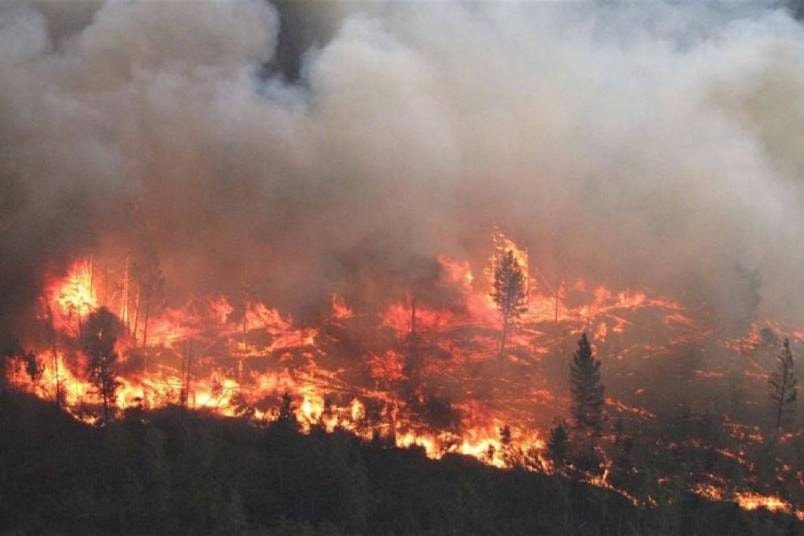Jessica Wallace, Kamloops This Week
The Thompson-Nicola Regional District’s chief administrative officer was paid an additional $117,000 during the floods and fires of 2017, part of more than a half-million dollars in overtime expenses accumulated by TNRD staff last year.
Financial statements show Sukh Gill received the additional pay on top of his regular salary ($206,000), combining for nearly $325,000 in compensation last year.
“There was over 100 days between fire and floods and each of those days were probably 14-, 15-hour days, and it was seven days a week,” Gill told KTW.
Historic flooding and fires plagued the regional district last year, from unprecedented flooding in Cache Creek to the Elephant Hill wildfire.
The provincial government has deemed the year’s events among the worst in the province’s history, with a 10-week provincial state of emergency resulting in more than 65,000 residents displaced, with thousands being housed in Kamloops.
Asked how many hours of overtime were worked, Gill said between 800 and 1,000.
Total overtime remuneration by TNRD staff for emergency response last year amounted to just shy of $582,000, a tab picked up by the province.
Other TNRD staff who worked significant overtime during the emergencies included emergency service supervisor Jason Tomlin, who was paid an additional $55,000 on top of a $95,000 salary, human resources director Debbie Sell ($55,500 extra on $134,000 salary), planning services manager Alexander Krause ($42,000 extra on $86,000 salary) and director of community services Ron Storie ($39,500 extra on $116,000 salary).
“We had to do what we had to do,” Gill said. “We also had 12-, 15-thousand people show up that we weren’t expecting.”
The City of Kamloops’ annual financial statement shows the city paid its staff five per cent more — about $2.7 million — last year compared to 2016.
That was partly due to overtime worked during flood and wildfire emergencies, though exact numbers remain unclear.
City of Kamloops financial statements combine taxable benefits and payouts, including emergency operations overtime hours.
That totalled $3.8 million for 2017, but finance director Kathy Humphrey could not further break down the number.
“It just showed up as overtime,” she said. “It doesn’t say this was overtime because we were behind or anything. It’s just, you know, it’s just overtime because people were just working overtime. We just know that the reason they were working overtime was because of the floods and fire and stuff.”
Humphrey said the bulk of emergency overtime by city staff was worked during the floods, noting the TNRD took on the largest burden during the wildfires. Like the TNRD, the city’s overtime for emergency response is reimbursed by the province.
The provincial report on emergency preparedness, Addressing the New Normal: 21st Century Disaster Management in British Columbia, estimated the total cost of flood response in 2017 was more than $73 million, while the cost of fighting wildfires was $568 million.
